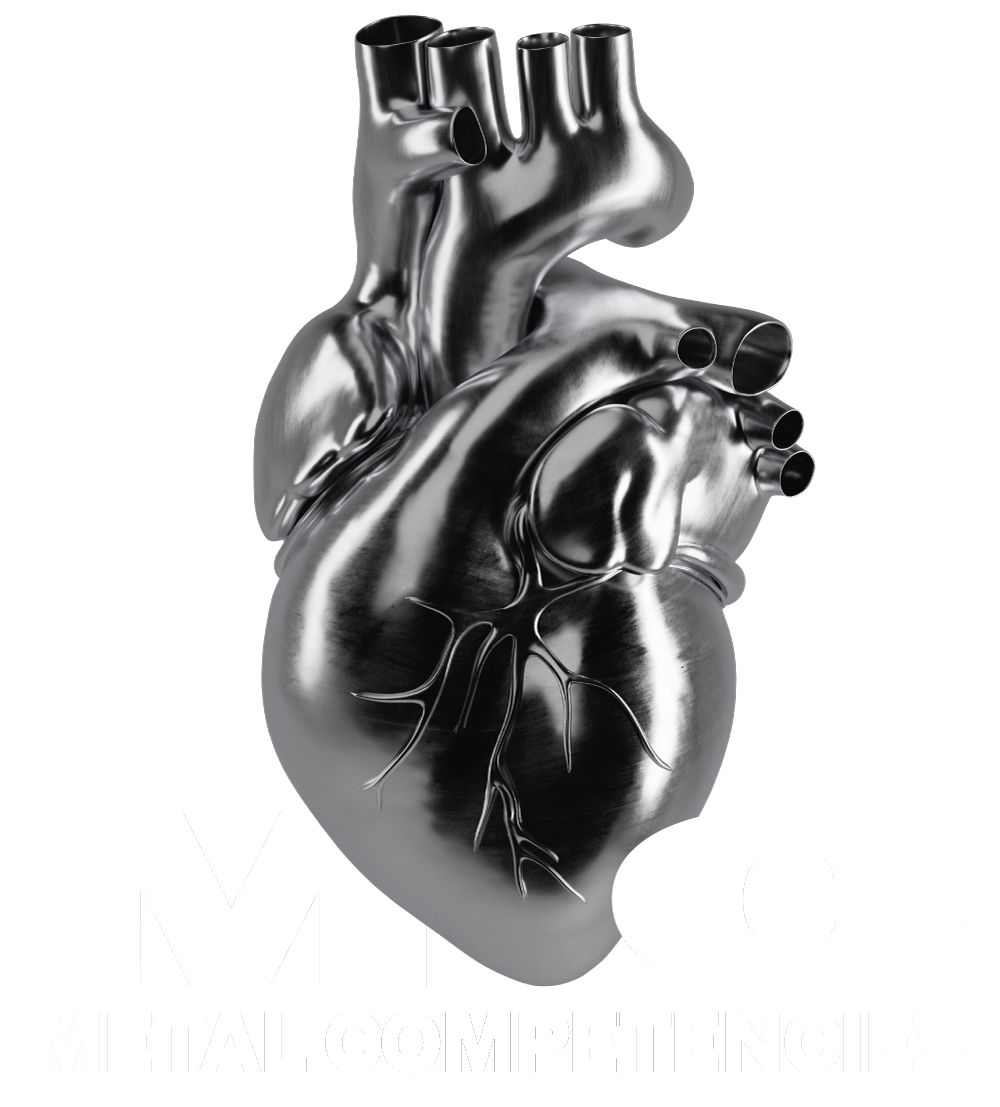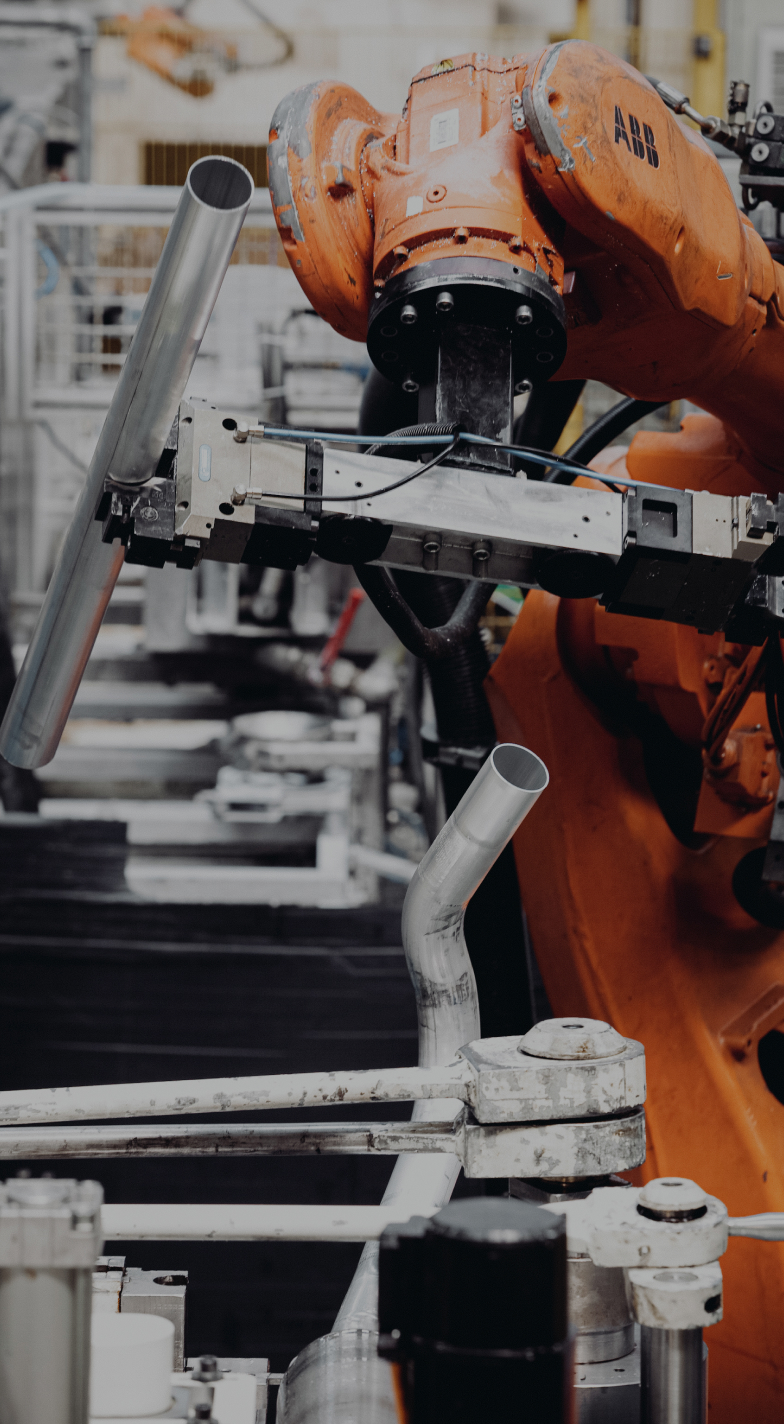Metal Stamping
Metal stamping is a manufacturing process where metal sheets are pressed or stamped using a die to create specific shapes, patterns, or forms. This process is commonly used in mass production for creating components such as automotive parts, appliances, and industrial components.
Professional stamping offers high precision and efficiency in shaping metal materials, making it a cost-effective method for large-scale production. The process can be used to create a wide range of parts with complex geometries.
Industrial Application
In addition to its efficiency, stamping also offers high repeatability and consistency, ensuring that each part produced is virtually identical to the last. This is crucial in industries such as automotive and electronics, where consistency and quality control are paramount.


We stamp for you...
As metal-experts and providers of complex solutions, we support you in production, planning and assembly.
- Automotive Industry: Used to produce auto parts such as body parts, engine parts and interior parts.
- Mechanical engineering: Used to produce machine parts such as housings, covers and assemblies
- Electronics industry: For the production of electronic components such as circuit boards, housings and components
- Construction Industry: Stamping is used to produce components such as gutters, window frames and used doors.
Stamping plays a central role in the automotive industry and Metal Competencies, with its expertise and wide range of products, is a reliable partner in this field.
Our mission:
Optimized production
We optimize your processes. Costs are reduced. We are driven by quality and individuality.
Create value
Creating complex solutions for our customers is the most important thing for us – simply our core competence.
Metal Stamping FAQs
Many metals and alloys can be stamped. Just make sure they are soft and malleable enough. These include steel, aluminum, copper, and brass. Even stainless steel can be stamped up to a certain thickness. Thin foils to sheets several millimeters thick can be processed. Some plastics, cardboard and even textiles can be stamped in addition to metals.
The correct tool geometry depends on the desired die shape, the material, the material thickness and the die cutting parameters. Experts select the geometry using CAD software for design and simulation. Standard tools are available, but special tools may be required for complex shapes.
The tolerances achievable in stamping depend on the material, tool, parameters and machine accuracy. Typical tolerances range from ±0.05 mm to ±0.3 mm. Tighter tolerances require precision machining or special processes such as laser cutting.
The cost of stamping depends on the tool, material, machine and quantity. Special tools, high quality materials and precise machines increase the cost. The cost per piece decreases as the quantity increases.
Stamping is not always the best choice. Depending on the requirements, laser cutting (precise, flexible, expensive), water jet cutting (versatile, slow), nibbling (simple, imprecise) or forming (complex, precise) can be considered, and the choice of process depends on the stamping shape, material, quantity and precision.



